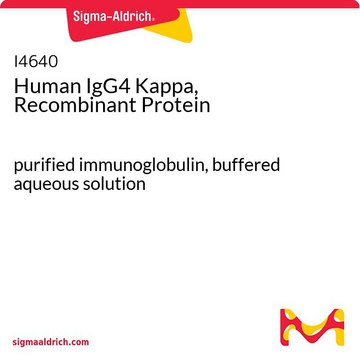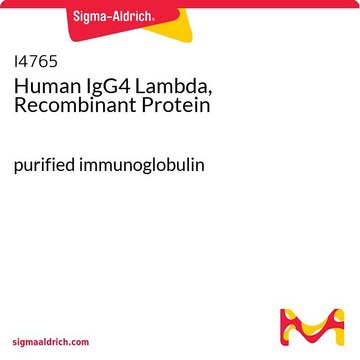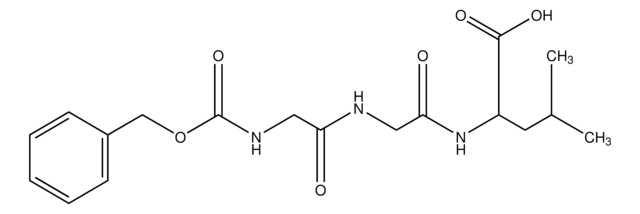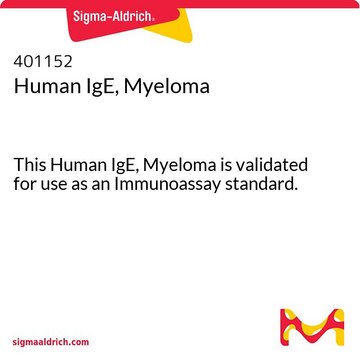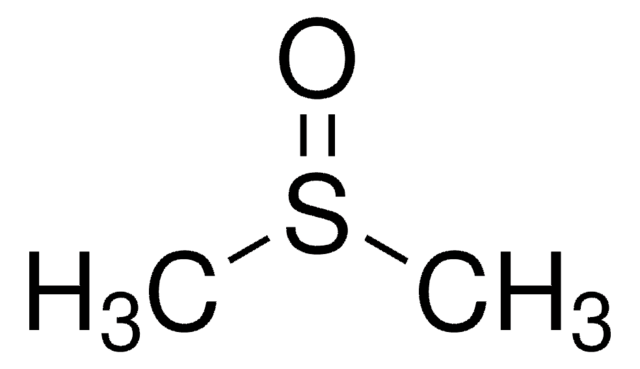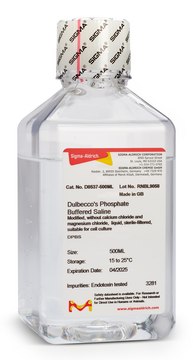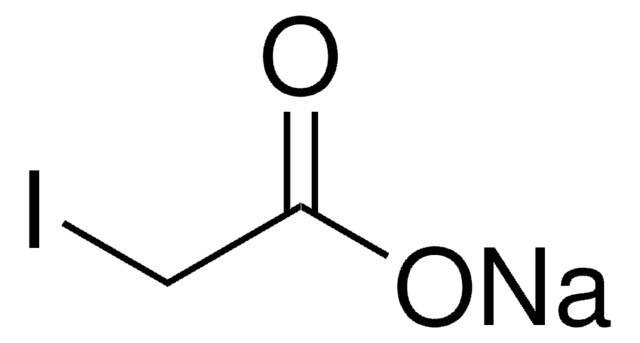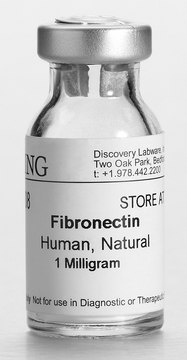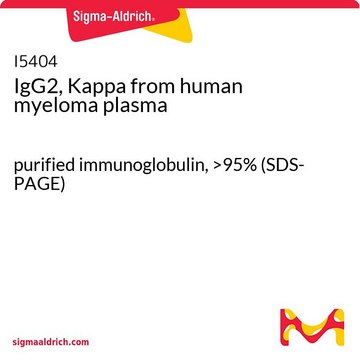I4764
IgG4, Lambda from human myeloma plasma
purified immunoglobulin, >95% (SDS-PAGE)
Synonym(s):
Human IgG4-λ
Sign Into View Organizational & Contract Pricing
All Photos(1)
About This Item
Recommended Products
biological source
human
conjugate
unconjugated
antibody form
purified immunoglobulin
Assay
>95% (SDS-PAGE)
shipped in
dry ice
storage temp.
−20°C
General description
IgG antibody subtype is the most abundant serum immunoglobulins of the immune system. It is secreted by B cells and is found in blood and extracellular fluids and provides protection from infections caused by bacteria, fungi and viruses. Maternal IgG is transferred to fetus through the placenta that is vital for immune defence of the neonate against infections. IgG4 is the least abundant of the IgG subclass. IgG4-related systemic diseases include autoimmune pancreatitis, mediastinal fibrosis and multiple sclerosis
Human myeloma IgG4, λ is purified from human plasma by fractionation, ion-exchange, and affinity chromatography procedures.
Human myeloma IgG4, λ is purified from human plasma by fractionation, ion-exchange, and affinity chromatography procedures.
IgG is the main antibody type found in plasma and extracellular fluid and is expressed on B cell membrane. IgG is further subdivided into four subclass- IgG1, IgG2, IgG3 and IgG4. Human IgG4, λ myeloma protein is used to determine the specificity of ‘cytoplasmic human IgG subclass labelling′ assay in cloned Epstein-Barr virus cell line. This product is useful to probe and label CDR152 and can control T cell activation. Human IgG4 λ antibody can also be used in detection and isolation of human CD4+CD25+CD152+ regulatory T cells. This product has shown specificity for human.
Immunogen
Purified IgG4 λ from human.
Application
The purified IgG4, λ may be used as an immunoglobulin calibrator, reference antigen, blocking agent, or coating protein in a variety of immunoassays including ELISA, dot blot immunobinding, Western immunobloting, immunodiffusion, immunoelectrophoresis, hemagglutination, and cell binding assays. Purified IgG4, λ was used as isotype control in flow cytometry of chronic lymphocytic leukemia and mantle cell lymphoma cells. It was also used for lectin- surface plasmon resonance and IgG subclass labelling by flow cytometry at a concentration of 50 μg/ml.
Physical form
Solution in 0.02 M Tris buffered saline, pH 8.0.
Analysis Note
The purity and identity are determined by immunoelectrophoresis, indirect ELISA, and SDS-PAGE.
Disclaimer
Unless otherwise stated in our catalog or other company documentation accompanying the product(s), our products are intended for research use only and are not to be used for any other purpose, which includes but is not limited to, unauthorized commercial uses, in vitro diagnostic uses, ex vivo or in vivo therapeutic uses or any type of consumption or application to humans or animals.
Storage Class Code
10 - Combustible liquids
WGK
WGK 1
Flash Point(F)
Not applicable
Flash Point(C)
Not applicable
Regulatory Information
常规特殊物品
Choose from one of the most recent versions:
Already Own This Product?
Find documentation for the products that you have recently purchased in the Document Library.
Chao Yu et al.
Journal of clinical laboratory analysis, 34(11), e23456-e23456 (2020-07-01)
Macroprolactin mostly composed of an immunoglobulin G (IgG) and a monomeric prolactin (PRL) represents the major circulating PRL form in the patients with macroprolactinemia that are usually asymptomatic and may not require treatment. In this study, we aimed to evaluate
Jinquan Luo et al.
Journal of molecular biology, 421(1), 112-124 (2012-05-15)
Toll-like receptor 3 (TLR3) recognizes dsRNA and initiates an innate immune response through the formation of a signaling unit (SU) composed of one double-stranded RNA (dsRNA) and two TLR3 molecules. We report the crystal structure of human TLR3 ectodomain (TLR3ecd)
Ajay Nirula et al.
Current opinion in rheumatology, 23(1), 119-124 (2010-12-03)
Recent descriptions of the group of clinical disorders collectively defined as IgG4-related systemic disease (IgG4-RSD) have prompted this review of the unique biology of the IgG4 antibody. This article will discuss IgG4 structure and function, the unique phenomenon of half-antibody
IgG4-related disease.
John H Stone et al.
The New England journal of medicine, 366(6), 539-551 (2012-02-10)
Placental transfer of IgG subclasses in a Japanese population
Hashira S et al
Pediatric Allergy and Immunology, 42, 337-342 (2000)
Our team of scientists has experience in all areas of research including Life Science, Material Science, Chemical Synthesis, Chromatography, Analytical and many others.
Contact Technical Service